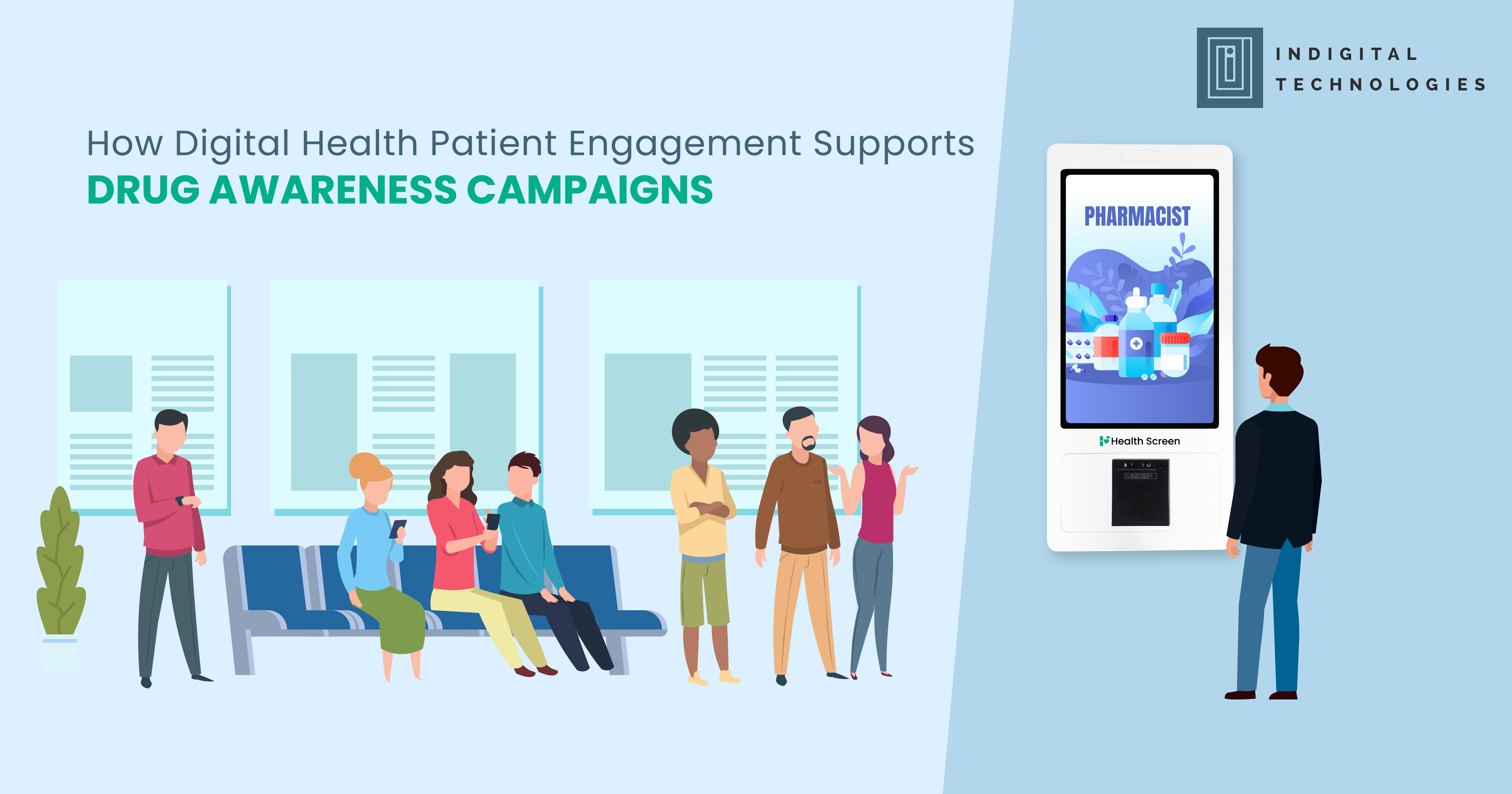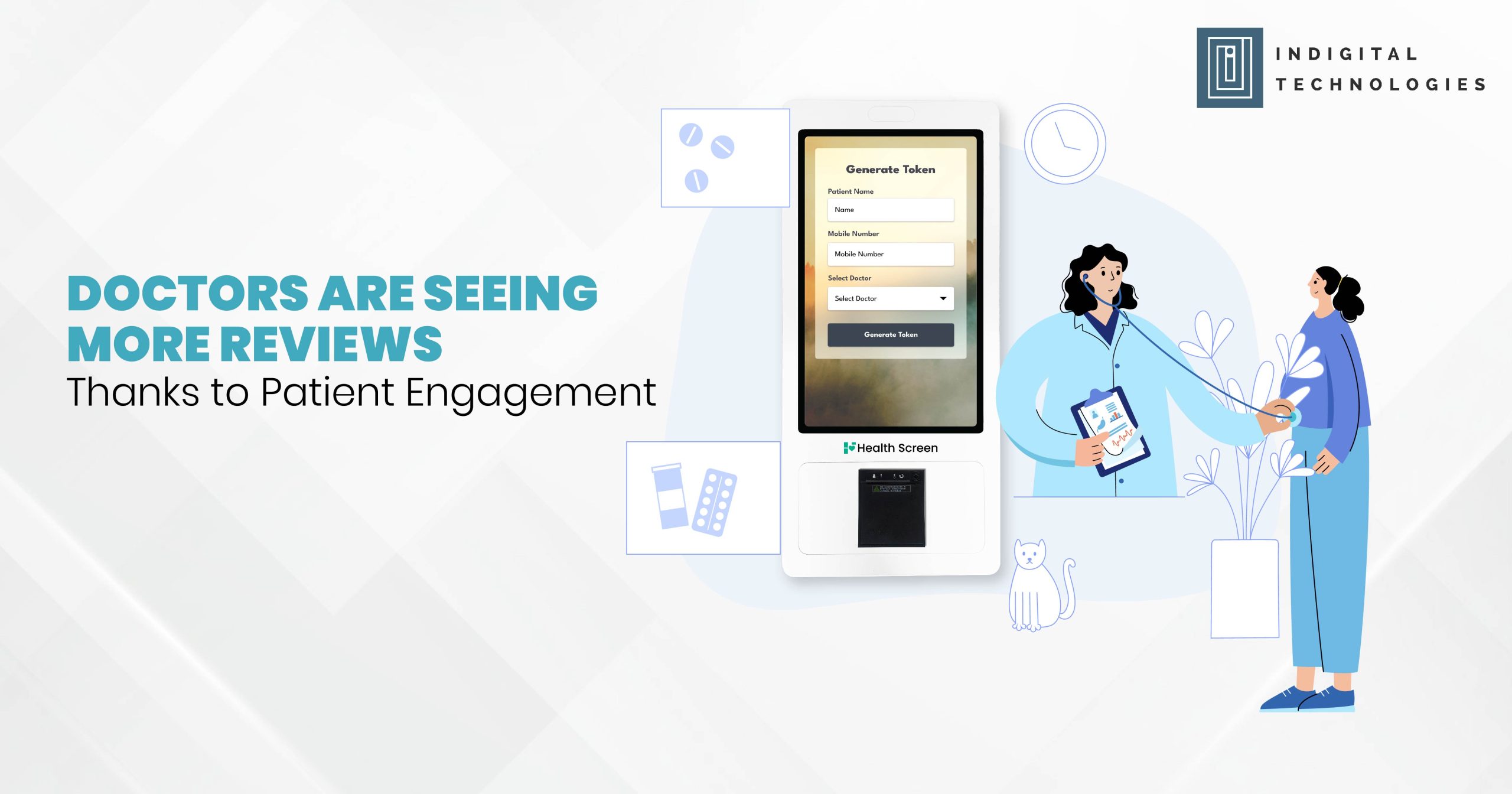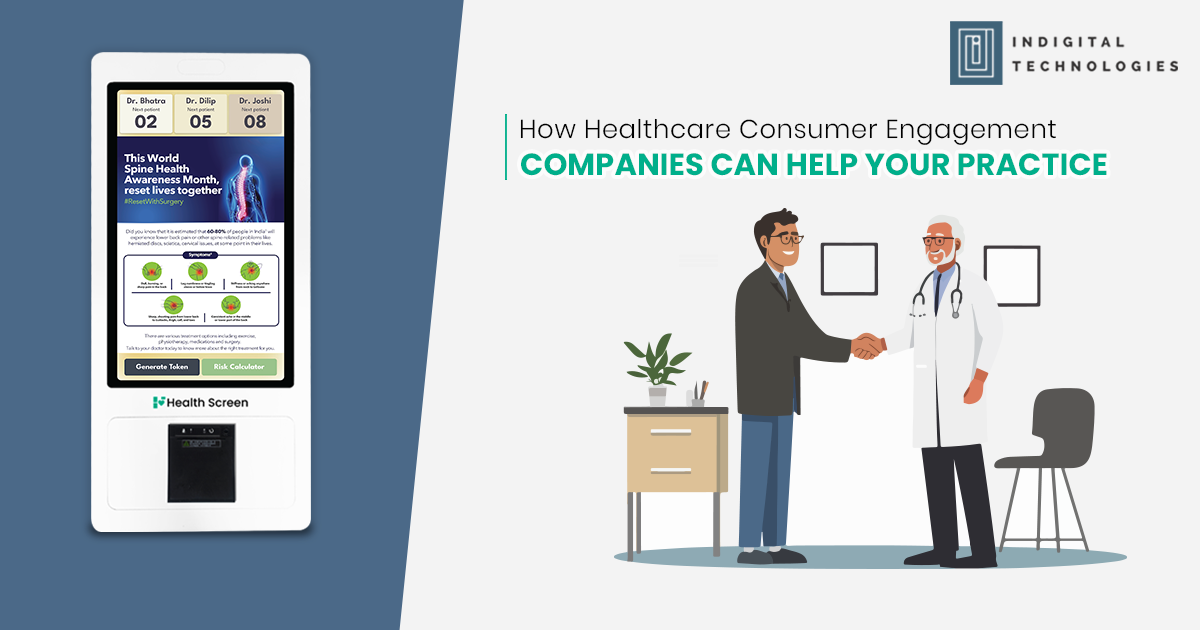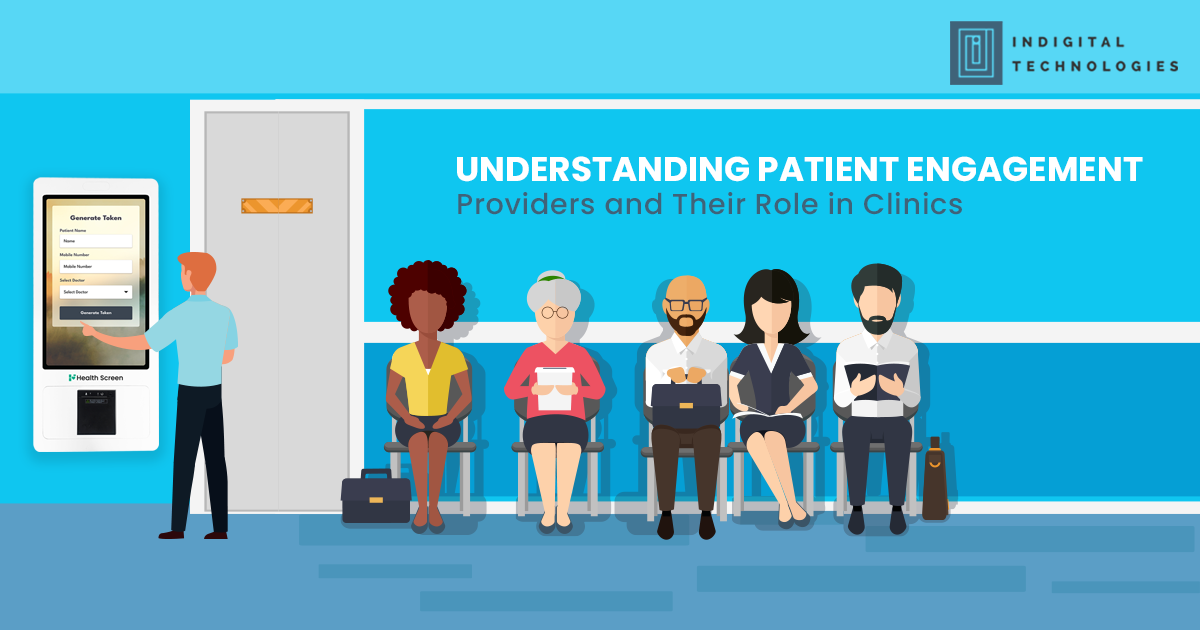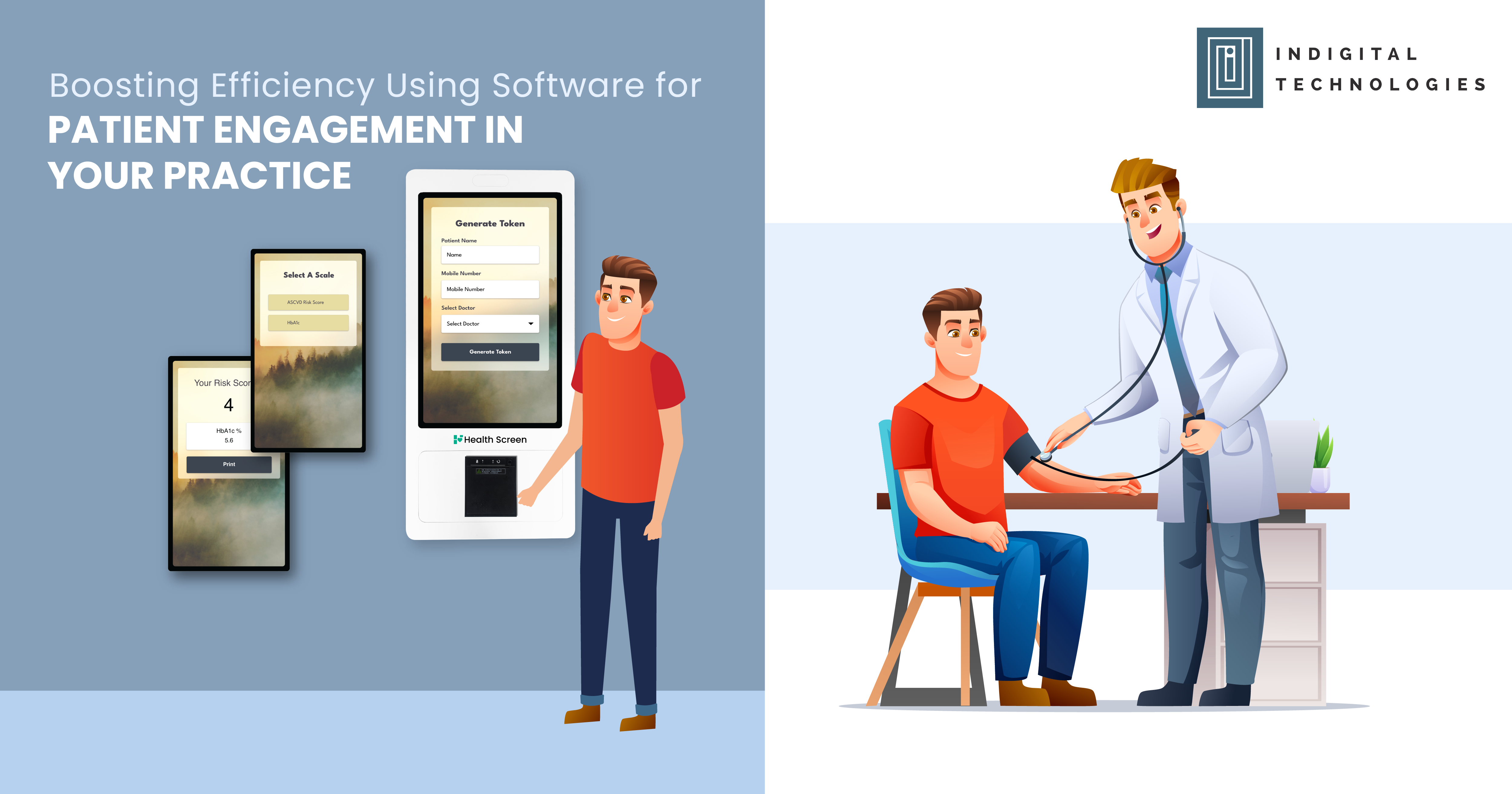The world of healthcare is evolving rapidly, and so are the ways we communicate with patients.
In today’s hyper-connected society, traditional approaches to drug awareness — like posters in waiting rooms or occasional seminars — no longer deliver the desired impact.
Patients today expect personalized, timely, and engaging communication that empowers them to understand their health conditions and treatment options better.
This shift presents an incredible opportunity for pharmaceutical companies and healthcare providers.
Digital health patient engagement has emerged as a powerful tool to make drug awareness campaigns more effective, scalable, and patient-centered.
Why Traditional Awareness Campaigns Are Losing Impact
Historically, drug awareness initiatives focused heavily on doctors: providing detailed product information through brochures, events, and representative visits.
Patients often remained passive recipients of information, dependent solely on their doctor for education.
However, the healthcare consumer profile has changed dramatically:
- Patients today actively research their conditions online.
- They seek second opinions and independent reviews.
- They expect transparency, options, and engagement from healthcare brands.
Simply handing over a printed pamphlet or discussing a new therapy briefly during a rushed consultation does not create meaningful awareness anymore.
It creates confusion, hesitancy, and sometimes mistrust.
This is why patient engagement — particularly through digital health tools — is essential to support modern drug awareness efforts.
What is Digital Health Patient Engagement?
At its core, digital health patient engagement involves using technology to educate, communicate, and interact with patients outside traditional face-to-face interactions.
Typical digital engagement tools include:
- Waiting Room Displays: Educational videos playing during OPD waiting times.
- Mobile Notifications: Treatment reminders, health tips, and new therapy information delivered directly to patients’ phones.
- Interactive Educational Modules: Quizzes, explainer videos, and FAQs on tablets or mobile apps.
- Post-Consultation Follow-ups: Automated messages or calls to reinforce important treatment information.
These tools allow healthcare providers and pharma brands to engage patients consistently, contextually, and meaningfully.
How Digital Engagement Strengthens Drug Awareness Campaigns
1. Wider, Targeted Reach
Through digital platforms, awareness campaigns are no longer confined to the clinic walls.
Patients can access educational material anytime, anywhere — increasing exposure and impact.
Campaigns can also be tailored based on:
- Age group
- Disease profile
- Treatment stage
- Local language preferences
This level of customization simply isn’t possible with traditional methods.
2. Higher Patient Engagement and Retention
Studies show that interactive content leads to 2x better recall than static information.
When patients watch short videos, answer quizzes, or receive personalized tips, they internalize information better — leading to greater confidence in new therapies.
3. Faster Therapy Adoption
When patients are well-informed about a new drug’s benefits, risks, and expected outcomes, they are more likely to accept the therapy prescribed by their doctor.
This reduces therapy delays and drop-offs, improving health outcomes and brand trust.
4. Real-Time Campaign Monitoring
Digital tools allow pharma managers to monitor engagement metrics:
- How many patients viewed a particular video?
- How many clicked on a therapy information link?
- How many requested more information or asked follow-up questions?
This real-time feedback enables agile campaign adjustments, maximizing effectiveness.
Doctors as Catalysts for Engagement
Doctors remain central to drug awareness campaigns — but now they are better supported.
When provided with ready-to-use digital engagement tools:
- Doctors spend less time explaining complex therapies manually.
- Consultations become more efficient and informative.
- Patients leave the clinic with a better understanding — and greater confidence — about their treatment.
This win-win dynamic strengthens the doctor-patient relationship while enhancing pharma brand recall at the point of care.
Real-World Impact: Success Stories
Several pharmaceutical campaigns worldwide have already leveraged digital patient engagement to great success.
- A leading cardiovascular drug launch in Europe used patient education tablets in clinics and saw a 50% higher therapy initiation rate compared to clinics without digital education support.
- A diabetes management company used mobile-based patient education combined with reminders and saw 25% better adherence among newly diagnosed patients.
The numbers are clear:
When patients are better engaged digitally, awareness campaigns achieve better clinical and commercial outcomes.
Pharma’s Strategic Advantage
Pharma managers who enable digital engagement are seen as partners in care — not just suppliers of medication.
By supporting better education, they enhance brand reputation, build stronger ties with doctors, and contribute directly to improved public health outcomes.
Importantly, by making patients partners in their treatment journey, pharma brands foster long-term trust — the most valuable currency in healthcare today.
Future Trends: Where Digital Patient Engagement is Heading
Looking ahead to 2025 and beyond, drug awareness campaigns will increasingly incorporate:
- AI-Personalized Learning Journeys: Content adapted dynamically to individual patient profiles.
- Gamification: Reward systems and progress tracking to make health education more engaging.
- Voice Assistants: Integrating therapy information into platforms like Alexa or Google Assistant for easier patient access.
Early adopters of these innovations will lead the next generation of successful drug launches and awareness programs.
Conclusion
Modern drug awareness campaigns must evolve from one-way information delivery to two-way patient engagement.
Digital health patient engagement is the bridge that connects pharmaceutical innovations with empowered patients who understand, trust, and embrace new therapies.
Healthcare providers, pharma managers, and patient engagement platforms must work together to build a future where information flows freely, decisions are informed, and outcomes are dramatically improved.
Empowering patients is no longer just good ethics — it’s a smart strategy.

